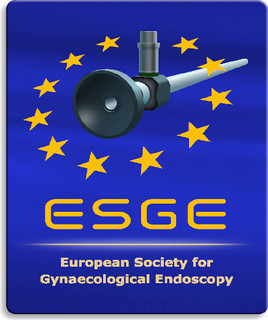Thaw, biopsy and refreeze strategy for PGT-A on previously cryopreserved embryos
PGT-A, aneuploidy, embryo biopsy, embryo refreezing, embryo cryopreservation, embryo quality
Published online: Jan 24 2020
Abstract
Background: Preimplantation genetic testing for aneuploidy (PGT-A) with Next Generation Sequencing technology is a low-cost and powerful technology for the analysis of embryo quality. However, PGT-A requires freezing of embryos, suggesting that previously cryopreserved embryos cannot be tested. Here, we test whether use of the vitrification technique permits the refreezing of embryos, thus permitting PGT-A testing of cryopreserved embryos.
Methods: The results are a retrospective analysis of cases performed at Create fertility between 2016 and 2017. Results obtained after traditional PGT-A are compared with results after the thaw biopsy and refreeze (TBR) procedure. A total of 220 patients were treated with PGT-A and 54 patients with the TBR procedure.
Results: Maternal ages were not significantly different between the groups. The proportion of PGT-A normal embryos was not significantly different between the two groups. A clinical pregnancy rate of 61.5% was achieved with the PGT-A group and 52.4% with the TBR group. These results were not statistically significant. The efficiency of the thaw, biopsy and refreeze technique was not significantly different to that of fresh cycles for rates of survival, results obtained and aneuploidy incidence. Clinical pregnancy rates are not significantly different after the biopsy of fresh and previously cryopreserved embryos.
Conclusion: The data shows that the TBR procedure has an equivalent success rate to that of classical PGT-A procedures.



